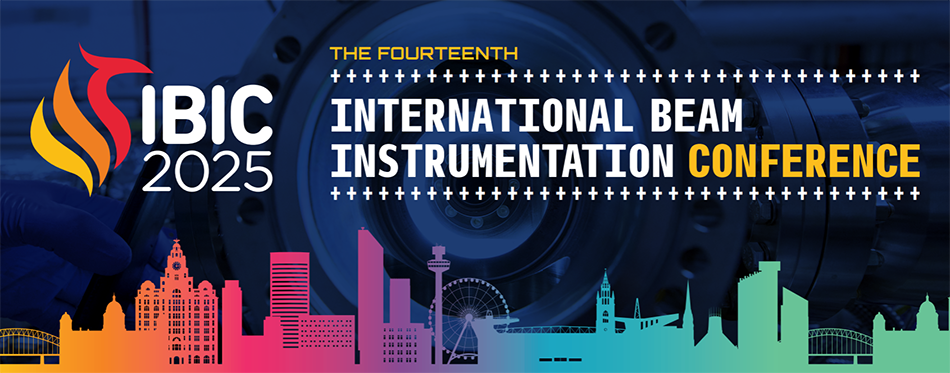Speaker
Description
Energy-recovery linacs provide high beam currents with low externally provided RF power compared to conventional linacs while maintaining high beam quality. The S-DALINAC is a multiple recirculating accelerator operating with a frequency of 3 GHz. It can be operated as a multi-turn superconducting energy-recovery linac *. The bunch length is suspected to limit the efficiency of this operation mode. In the past, the bunch length was determined at the S-DALINAC using the RF zero-crossing method. A new setup, enabling bunch length measurements with low bunch charges at various locations of the S-DALINAC, has been developed and commissioned. Light pulses of optical transition radiation are produced by the electron bunches passing an aluminium-coated Kapton screen. Their lengths are measured with a streak camera. An imaging system consisting of multiple mirrors is used to maintain a high temporal resolution for the measurement and to support in protecting the streak camera from damaging radiation. The design and measurement results of the setup will be presented.
Footnotes
- F. Schliessmann et al., Nat. Phys. 19, 597–602 (2023).
Funding Agency
Supported by the State of Hesse within the Research Cluster Project ELEMENTS (Project ID 500/10.006) and by DFG (GRK 2128 AccelencE and IRTG 2891 Nuclear Photonics).
| I have read and accept the Conference Policies | Yes |
|---|

